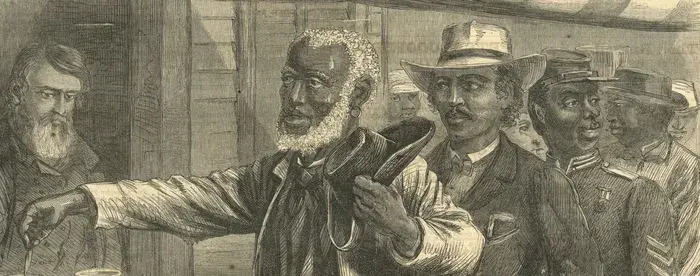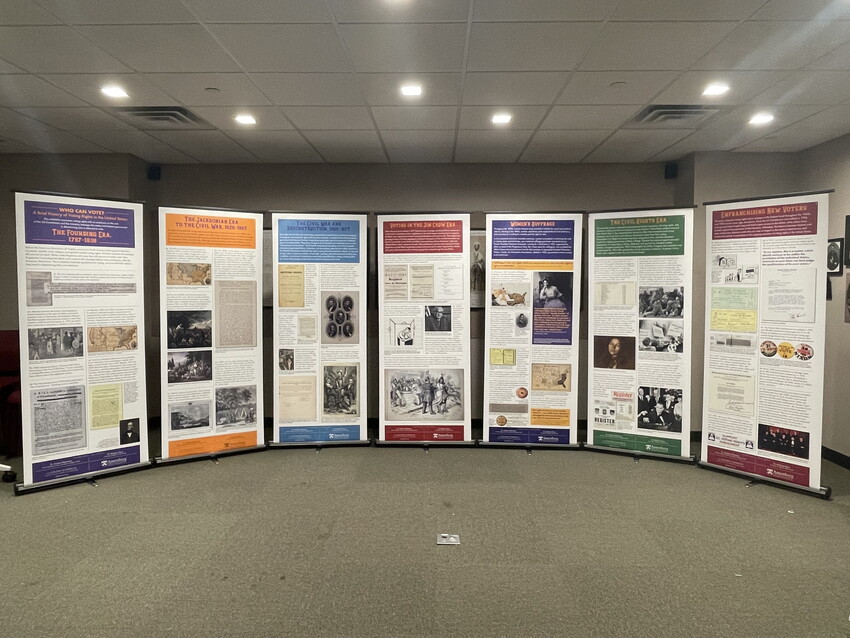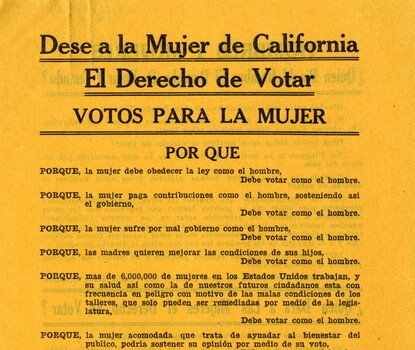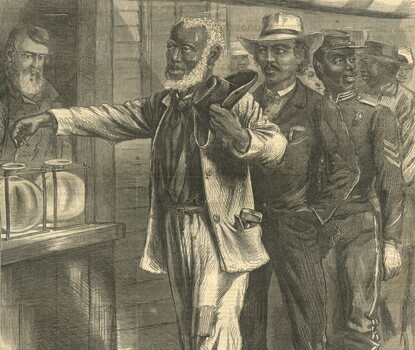The Right to Vote: The Role of States and the US Constitution
The Institute has produced a seven-panel traveling exhibition and a four-part digital exhibition on the history of voting rights from the Constitution to the present day. The digital exhibition further supports the traveling exhibition through audiovisual elements and interactive maps to tell the story of voting and federalism.








